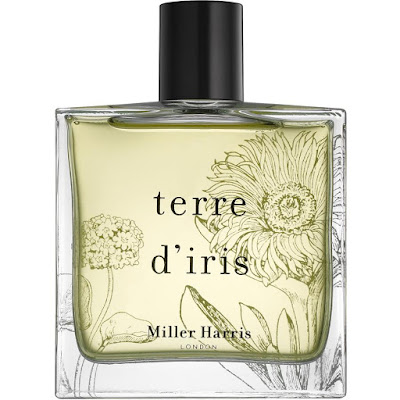***
I surely agree with the reviews comparing Panama 1924 Millesimé with Cartier’s Déclaration, as the opening is very similar and plays more or less the same chords – spicy cardamom, elegant crisp musky woods, a whiff of masculine flowers (jasmine and carnation for me, or something similar to it, maybe rose too), saffron and some very light tangy citrus. But the similarity doesn’t really last long, though: from the very beginning in fact, Millesimé does have some more richness, smelling at once more refined and more natural than the Cartier’s. And a bit warmer too, thanks to musk and ambergris – the same, quite good dusty-salty musky ambergris base you get in nearly any scent produced by Profumitalia (Boellis and Hugh Parsons, just to name two brands they manage – just compare two random scents for each, you’ll smell the same base notes).
During its evolution, and this is a quality product with some elegant and shimmering evolution, the initial spicy notes – except maybe saffron, which lasts longer – tone down progressively, leaving the stage to an exceedingly pleasant, classy and soothing floral-vetiver core accord still with some subtle pungent spicy edges, musk and some nondescript sort of “juicy” feel which I guess it’s that “tea” note – more a sort of a greenish rose for me, actually. Vetiver gets an increasingly prominent role, and it’s basically the star of the drydown, tinged with some floral nuances and a dusty musky-ambery base accord, which soon becomes a bit leathery too (I think it’s a side nuance of saffron).
So, basically another winner from Boellis in my book. As for the others from this brand, this is really nothing overly creative, and surely it does try to “emulate” a certain type of established crowdpleasers: but it does it with great class, great understatement and great quality. It feels just very mature, distinguished, yet informal and totally affable. To the point it, say, “exceeds” its masters and becomes actually better than them – so yes, for me this is quite better than Déclaration or similar scents. Same tones, same chords, better class and better quality. It has that same soapy “barbershop” vibe of other Boellis fragrances, that effortless Italian class, a shade of musky-amber refined melancholy well paired with some more luminous spicy-green nuances, and it’s just more fascinating, richer and more sophisticated than the Cartier’s in my opinion – also getting rid of that “sanitized” sort of artificial designer feel. The name is a bit pretentious perhaps as I don’t get the “millesimé” factor, but it’s surely recommended nonetheless.
7,5-8/10
***
This new offering by Boellis is also probably their most creative one so far. The color of the packaging (bright bold orange) and the Neapolitan reference misled me at first, I thought this would have been some bright, lively fresh zesty scent, but the notes intrigued me as it seemed actually darker and rounder. And in fact it is, this is by far the darker and also quite more complex scent by this brand. But at the same time, probably the one I enjoy the less.
Basically Fefé is a patchouli-musk bomb with a massive dusty-powdery-woody feel, truly warm and aromatic (even “culinary” thanks to saffron), barely enlightened by some very subtle whiff of citrus greenness. Patchouli, musk and a dusty woody-ambergris accord sit at the core of this scent like big, bold, humid Stonehenge stones: imagine the smell of some antique, kind of musty Belle Epoque closet, with its earthy-powdery and woody nuances, and that nondescript smell of damp dust and old abandoned garments. Refined and melancholic at once, and I surely get the reference to a Neapolitan dandy – a quite evocative and quality portrait of the Italian heritage of laid-back dapper gents of the early Nineteenth century. Or well, of any gentleman of that era, and this is the smell you still can get in some very old boutiques (dusty barbershop boutiques, again... you can’t really say Boellis hasn’t a very clear “fil rouge” throughout their offerings).
The scent is quite complex for me, as the way the notes interact smells quite new to me, but at the same time it doesn’t evolve that much, so that’s pretty much it – patchouli, musk, amber, earthy-powdery nuances, a dusty sort of “damp stones” feel mixed with a soapy vibe. It smells good, but well... quite a bit cloying after a while, honestly. Not sure if that’s intended, but it does seem a bit static, and given the boldness of the notes and their dusty-damp feel, you would probably prefer it to evolve a bit, to “open” somehow, to lose some weight and strength as it feels quite thick and almost haunting after a while. Or just a bit boring. Nonetheless the smell per se is very good, so if you like it or if you’re looking for an unusual patchouli-powdery scent, then it’s a deal. I do like it, but it’s really not an “everyday scent” or something I’d want to reach often.
6,5-7/10










































